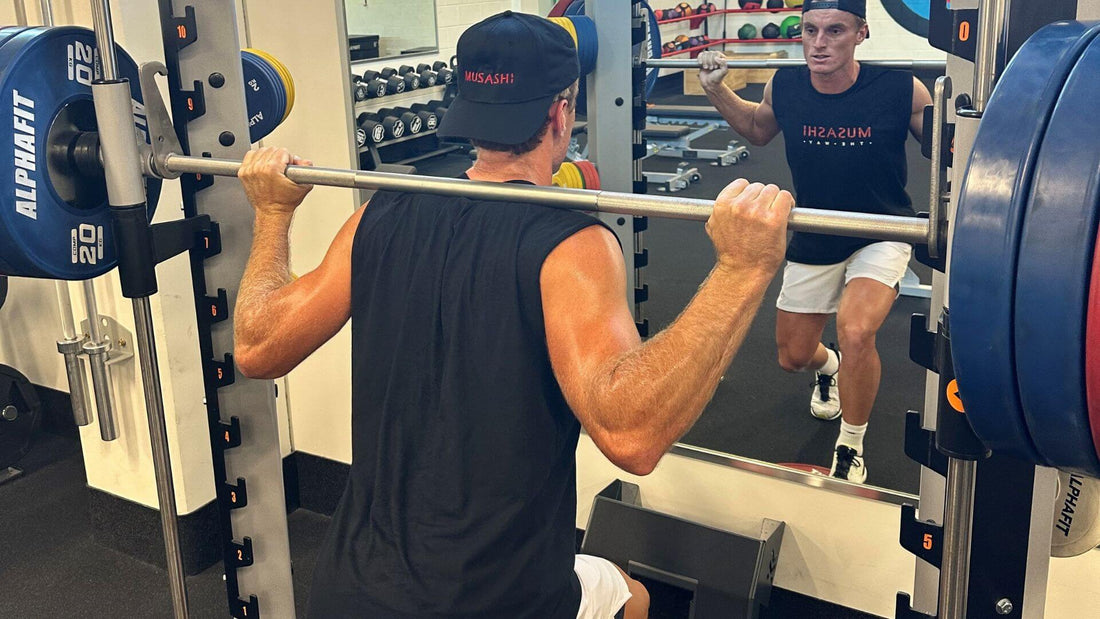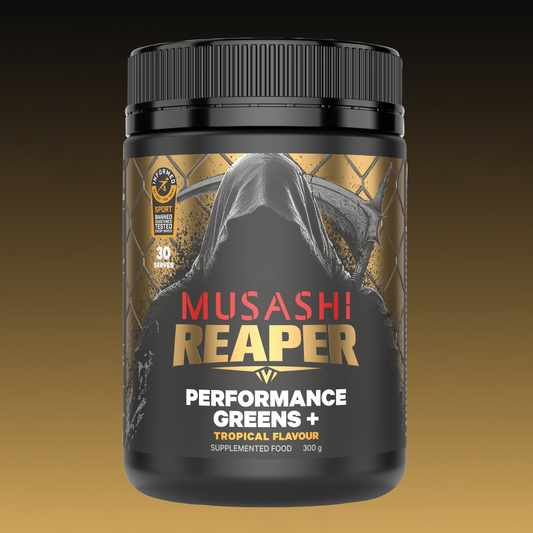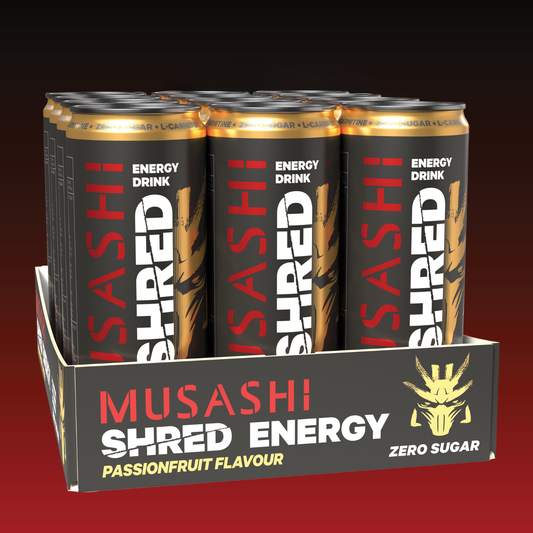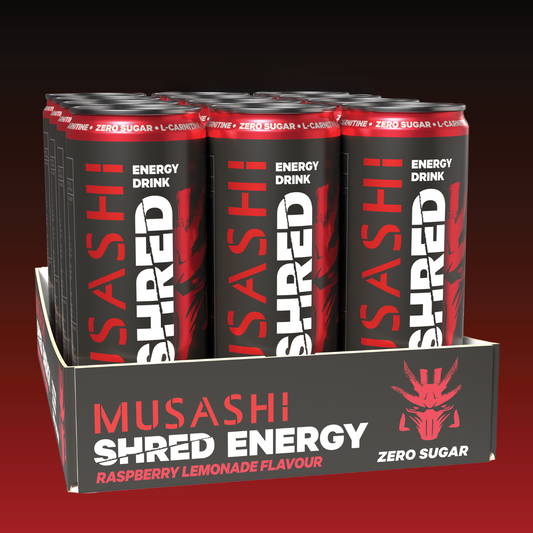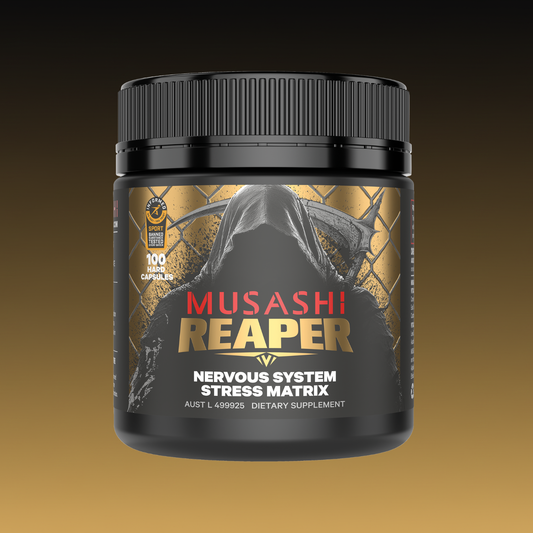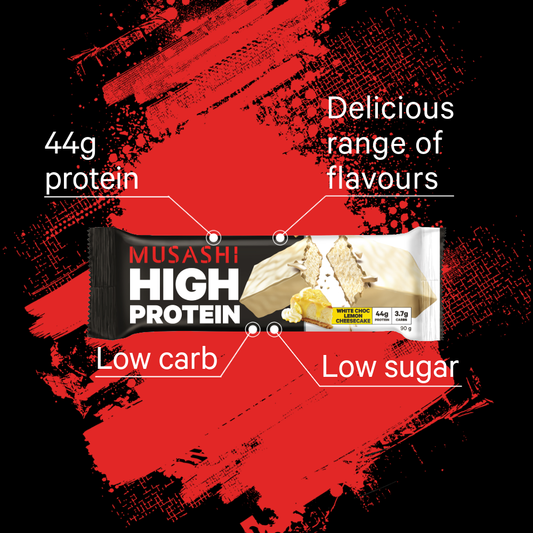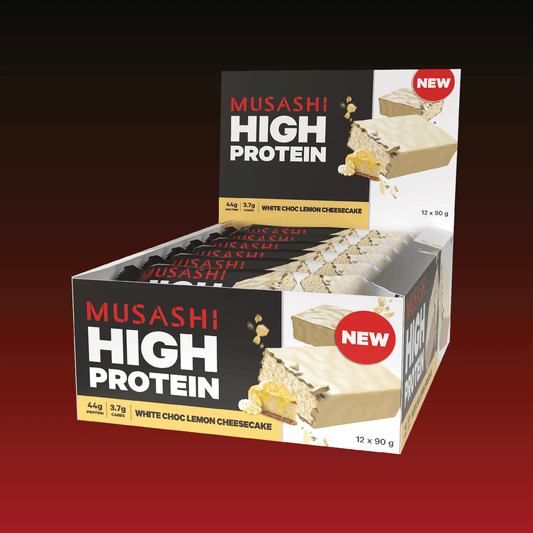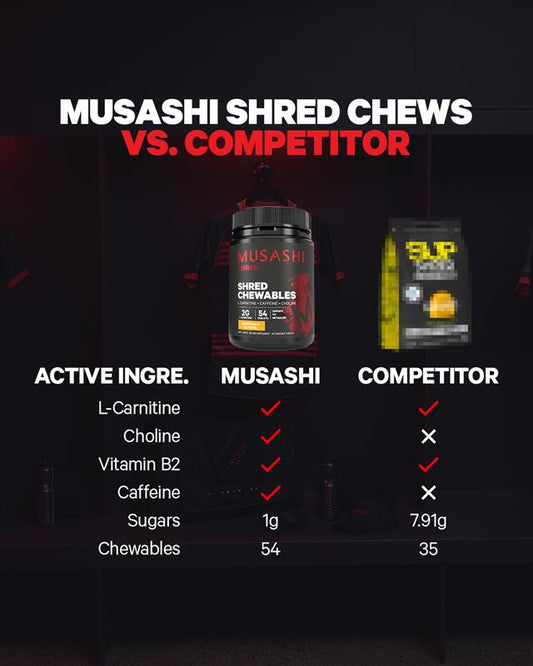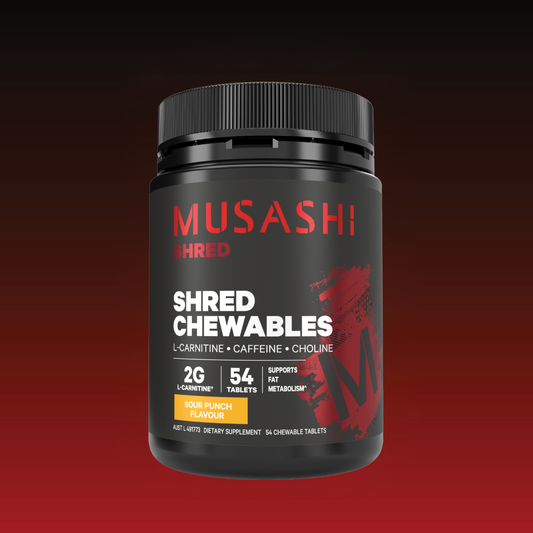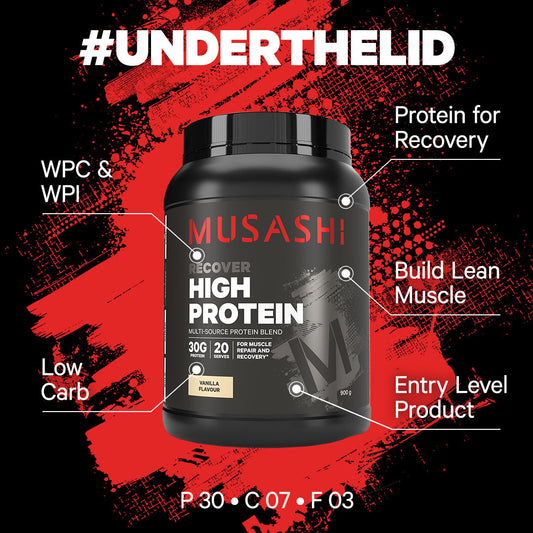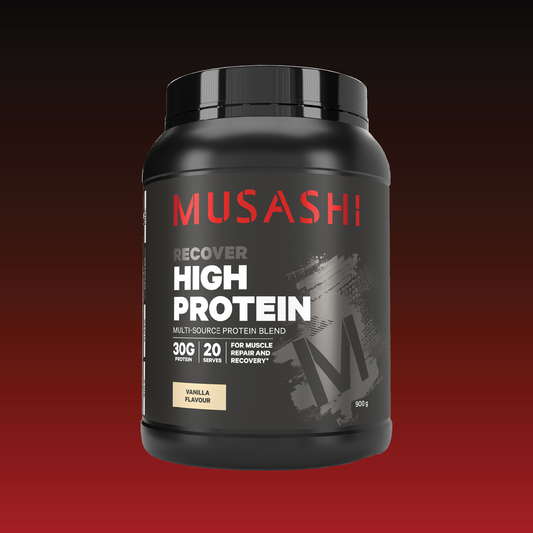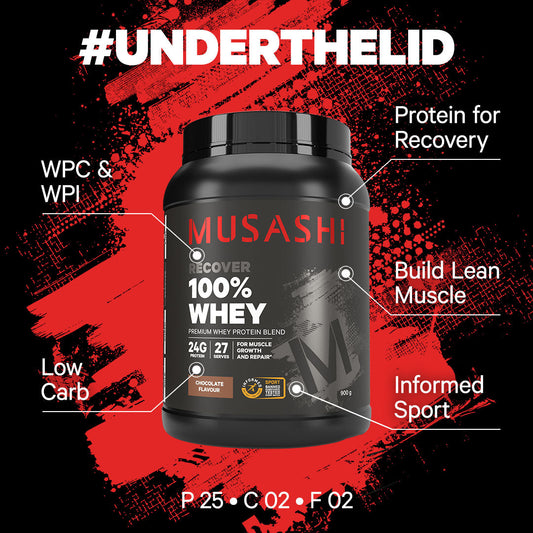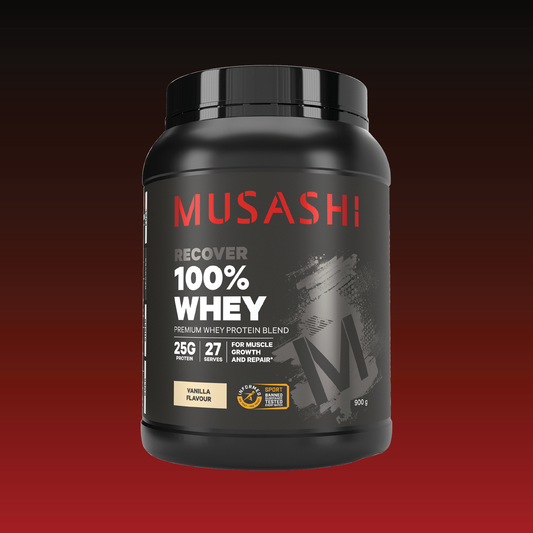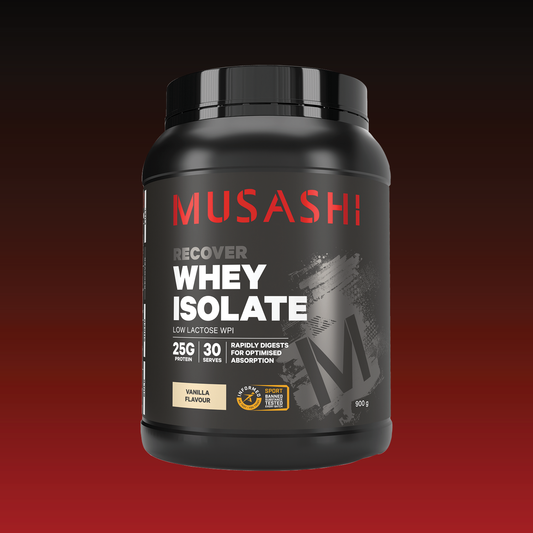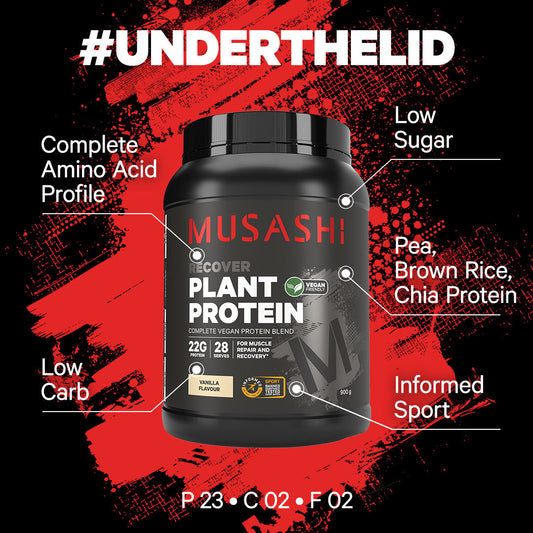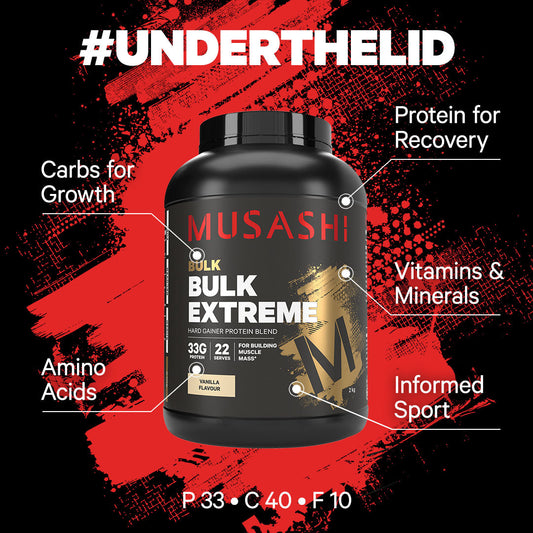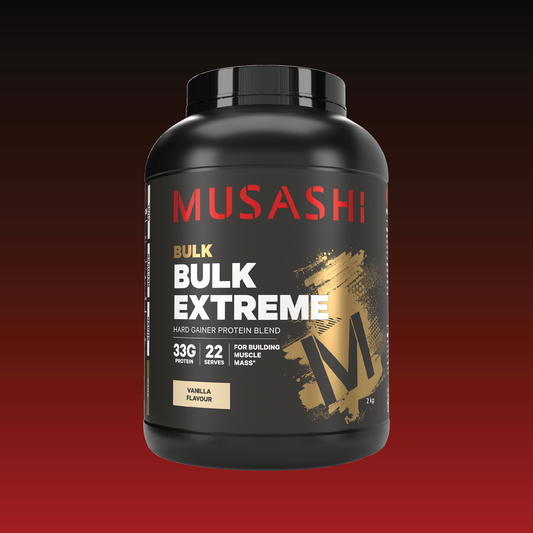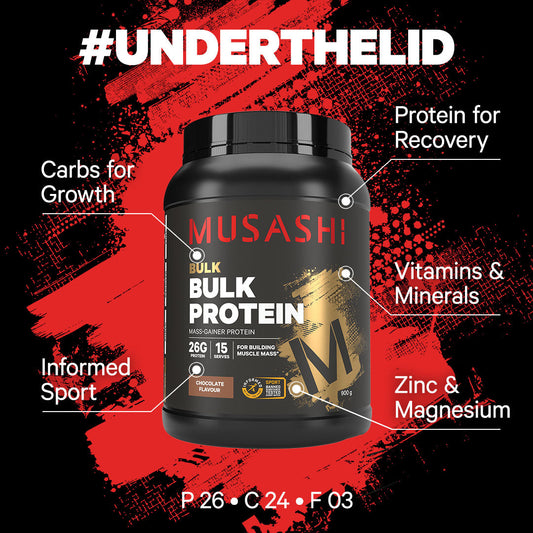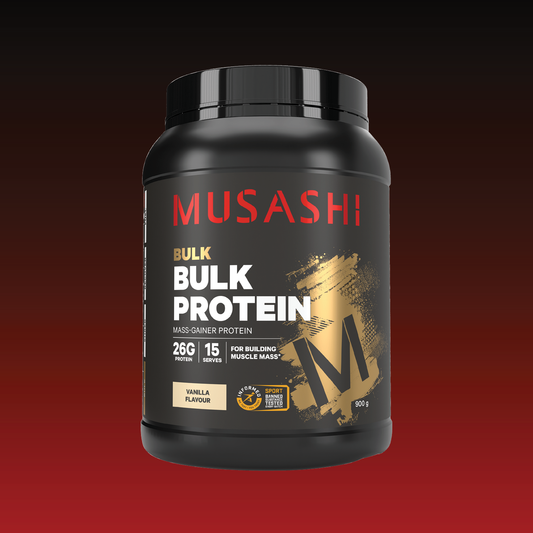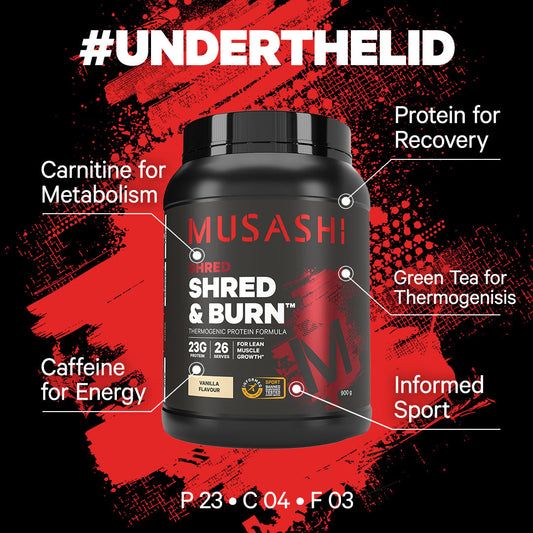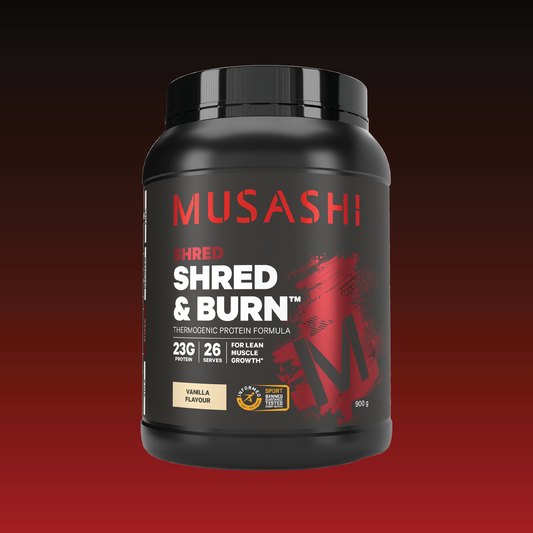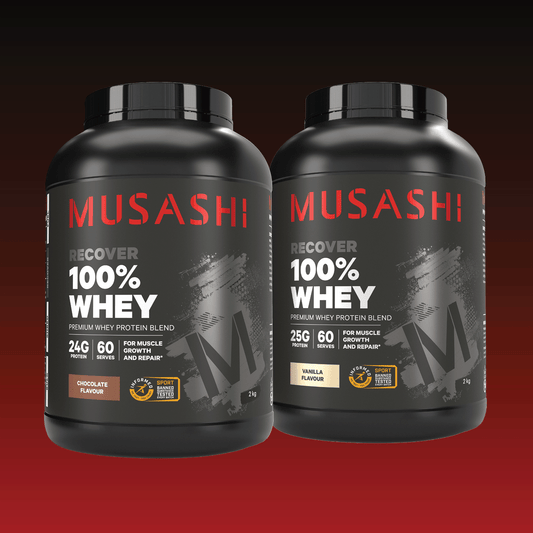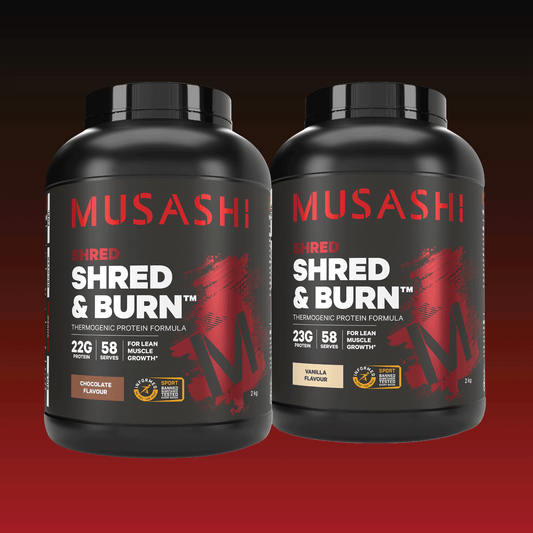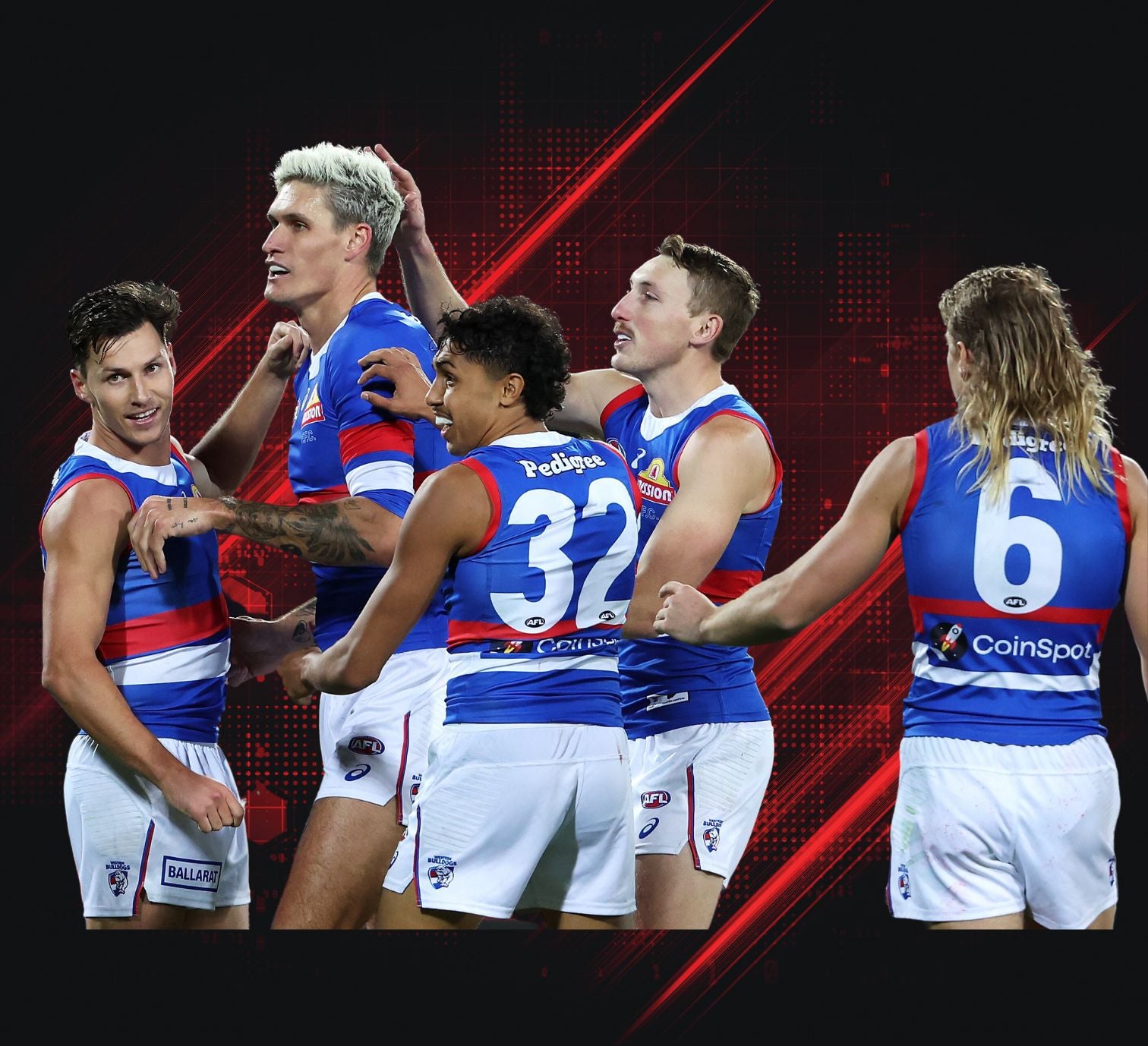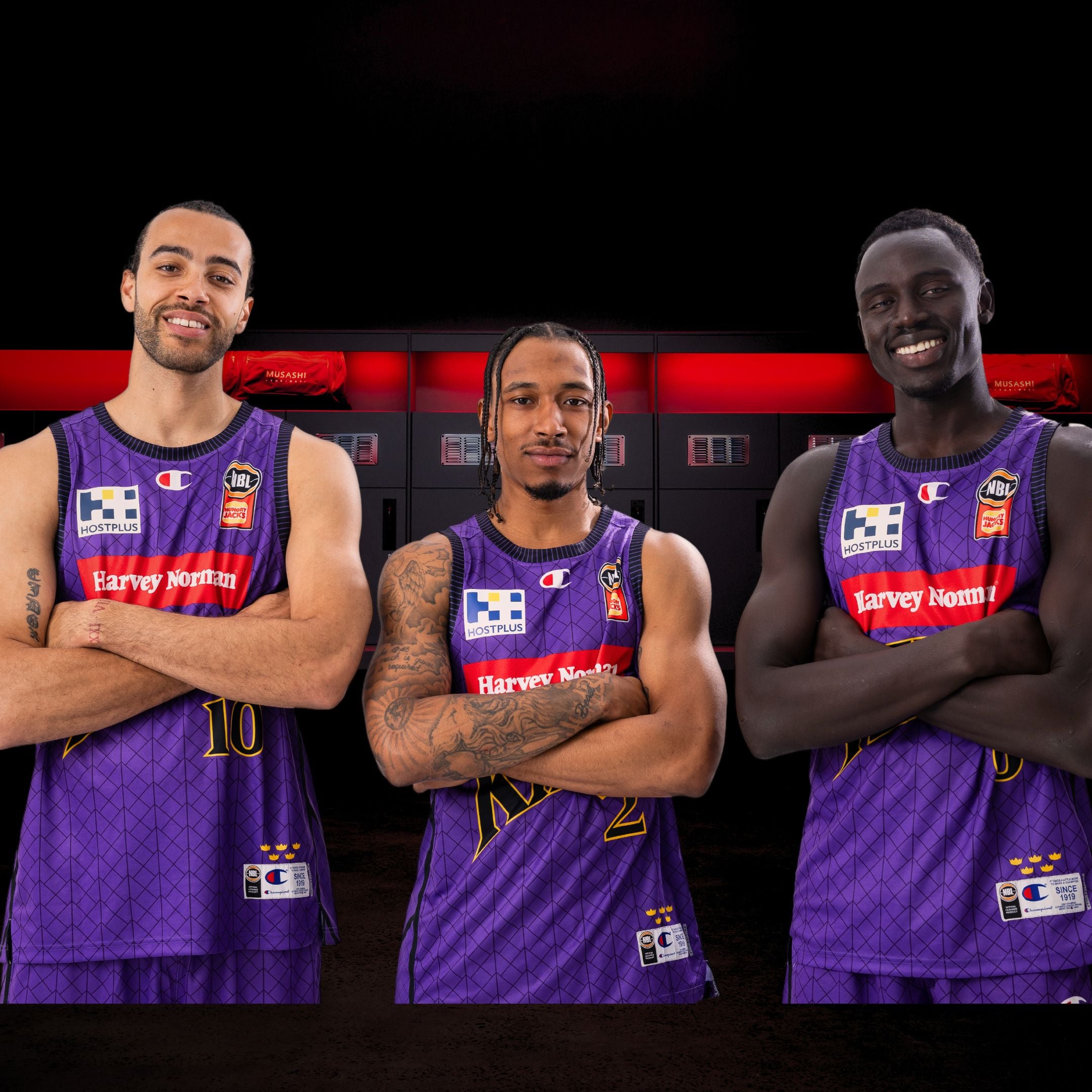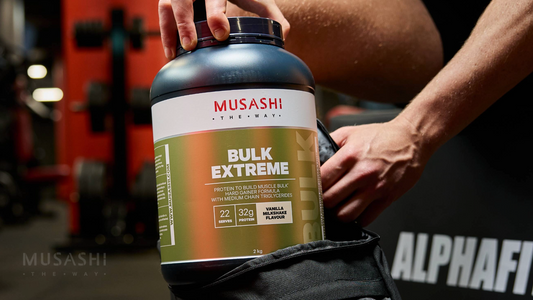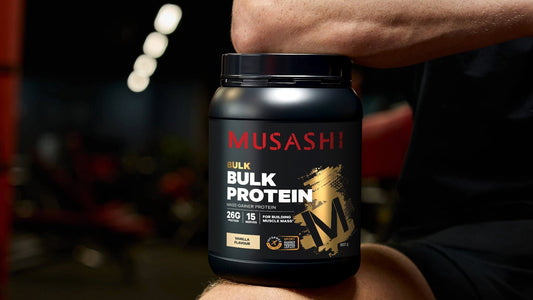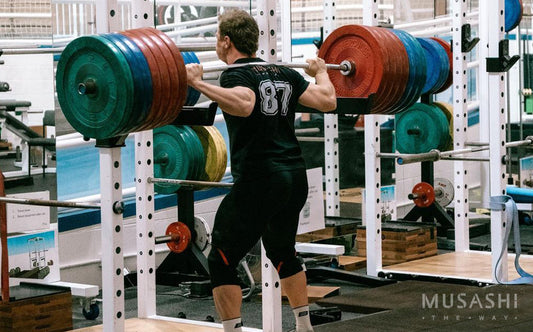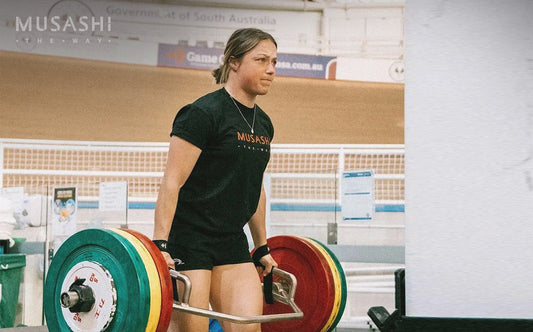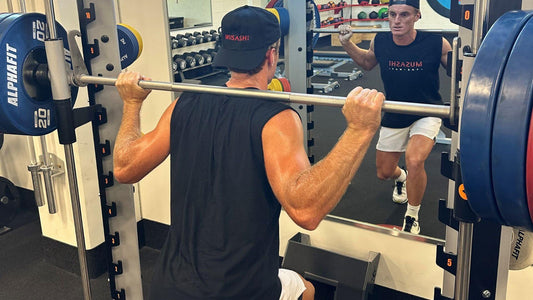There are many ways to structure a weights training program, each method has benefits and drawbacks. The right one for you depends on your goal, fitness level and time commitment. We are going to discuss the differences between full-body workouts and split routines.
Full body workouts
A full-body workout uses a variety of muscle groups over the course of a training session, providing flexibility with your workout and time spent training.
Full body workouts include:-
-
High Intensity Interval Training (HITT); and
- Circuit training
These training methods suit many people who like to work out 3-4 times a week, maintain fitness, burn fat, and retain muscle.
Full body workouts help you plan an effective session with options including a variety of:-
-
Strength Training;
-
Cardio Workout, and
- Flexibility Training
This method of training is easily tailored to all fitness levels and most sessions last between 30-45min, making it convenient to slot into a busy lifestyle.
While full-body workouts have many benefits, they also have limitations. Training methods are non-specific, they do not allow you to focus on smaller muscle groups or develop strength in one area of the body.
If your goal is to improve muscle mass, then a full-body workout is probably not the best option for you.
Split Workouts
A split routine provides more control over specific muscles and allows you to focus on body building and physique. The workout is broken down into specific muscle groups or movements, allowing for greater volume and intensity.
Popular Split Workouts
Some common split routines include:
Push/ Pull workouts
Divide muscle movements across different days. One day you will work ‘push’ muscle exercises e.g., chest, shoulder, and triceps. On another day you will work your ‘pull’ exercises which include back and biceps.
Upper/ Lower split training
These sessions focus on workouts in two categories, upper which include chest, back, shoulders and arms. Lower body days target hamstrings, quads, calves and often abs. This is an advantageous option for beginners as it provides a variety of exercises and includes good levels of rest for muscles.
Four-day split Workouts
The four-day split workout concentrates on two muscle groups per session. For example, one session might focus on back and biceps, another day chest and triceps, one day shoulders and abs and then a legs day.
This split encourages an increase in volume and intensity of the individual muscle groups which in turn promotes muscle and strength gains.
Like all training methods, split training sessions have pros and cons. Split training allows you to have more control over specific muscle groups. It is more manageable to focus on 2-3 muscles at a time and less metabolically challenging – meaning muscle mass can be maintained. It is however harder to skip a workout because missing one workout in your split routine might mean missing an entire muscle group that week. A split workout also doesn’t provide the cardio benefits of a full-body work out.
How to reach your ultimate fitness goal
To reach your ultimate fitness goal consider the following:
Be realistic – how many times a week can you commit to training? Remember it is important to choose a training method to complement your goals, lifestyle, and availability.
Be specific – Identify your training goal. Would you like to achieve a body builders body or lose weight and get leaner? If your goal is to lose weight, a full-body workout would be your best option. Split workouts are more appropriate for advanced lifters and ones that have specific muscle-building goals in mind.
Prioritize recovery – Depending on your goal and what you enjoy doing, you can build muscle and lose fat with both full-body workouts and split routines. If you follow a well thought out training program, eat healthily and incorporate appropriate rest and supplement recovery e.g.,
Musashi 100% Whey or
Musashi Bulk
